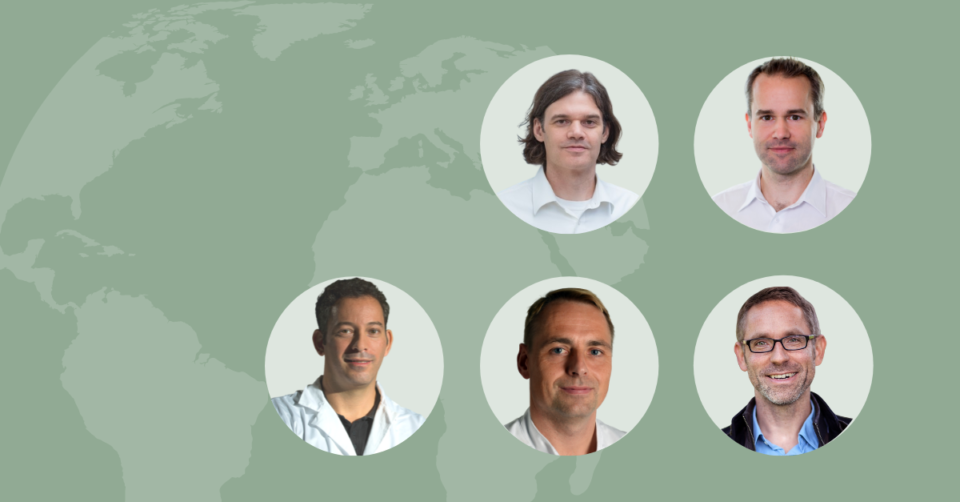4 October 2021
Can a mouse regrow damaged skin like a salamander can? Can we find a way towards scar-free wound healing? And can bacteria exchange treat acne while avoiding the issue of antibiotic resistance?
These are just some of the questions in five new research projects awarded under the LEO Foundation’s open competition program, which aims to support the best skin research projects worldwide.
With grant amounts up to DKK 3.7 million five researchers from Whitehead Institute for Biomedical Research, Helmholtz Zentrum München, Medical University of Vienna, Bispebjerg Hospital and Aarhus University are receiving grants totaling DKK 14 million for ambitious research projects.
The projects span a wide range of focus areas, disciplines, approaches, and borders. From skin disorders we all know – like wounds, scars, and acne – to less known skin disorders – like hidradenitis suppurativa, cutaneous lupus erythematosus and lichen planus. From basic and translational research to clinical application. From bench-to-bedside. From USA to Germany, Austria, and Denmark.
“The common thread linking the five new projects is that they all increase our knowledge of the skin and its diseases – by improving the fundamental understanding of the skin, by identifying new innovative treatments and by developing novel and improved diagnostics,” says Ida Brams, Chief Grant Officer at the LEO Foundation, adding:
“More than 3,000 skin diseases are known today, but many of the mechanisms driving these diseases are still unsolved scientific mysteries. Much more research is required to improve the understanding and treatment of the skin and its diseases. This is exactly what the LEO Foundation aims to do with its philanthropic activities.”
Research projects selected for funding
Georg Stary
Associate Professor, Medical University of Vienna, Austria, DKK 3,1m

T-cell – keratinocyte interactions as therapeutic targets in lichenoid and interphase dermatoses
The aim of this project is to investigate the crosstalk between T-cells (TC) and keratinocytes (KC) and its role in two less explored inflammatory skin diseases, namely cutaneous lupus erythematosus and lichen planus. Specifically, the role of co-receptor stimulation or inhibition of T-cells will be investigated.
The researchers hypothesize that skin diseases with prominent infiltration of pathogenic CD8+ T cells (cells that attack and kill other cells – including keratinocytes in autoimmune diseases) are related to an imbalance of activating and inhibitory signals on T cells determining the extent of the T-cell–keratinocyte (TC–KC) crosstalk.
The team will investigate this using skin biopsies from patients to map TC–KC receptor-ligand interactions by single-cell and spatial transcriptomics. They will then assess the properties of candidate receptors and decipher their mechanism of action by immunofluorescent imaging.
While inhibitory T-cell co-receptors are already targeted for cancer immunotherapy, their therapeutic potential in T-cell-driven inflammatory disorders remains to be established. This study may provide the rationale to design T-cell-targeting therapies in inflammation and is particularly strong with its basis on patient material.
Holger Brüggemann
Associate Professor, Aarhus University, Denmark, DKK 2,2m
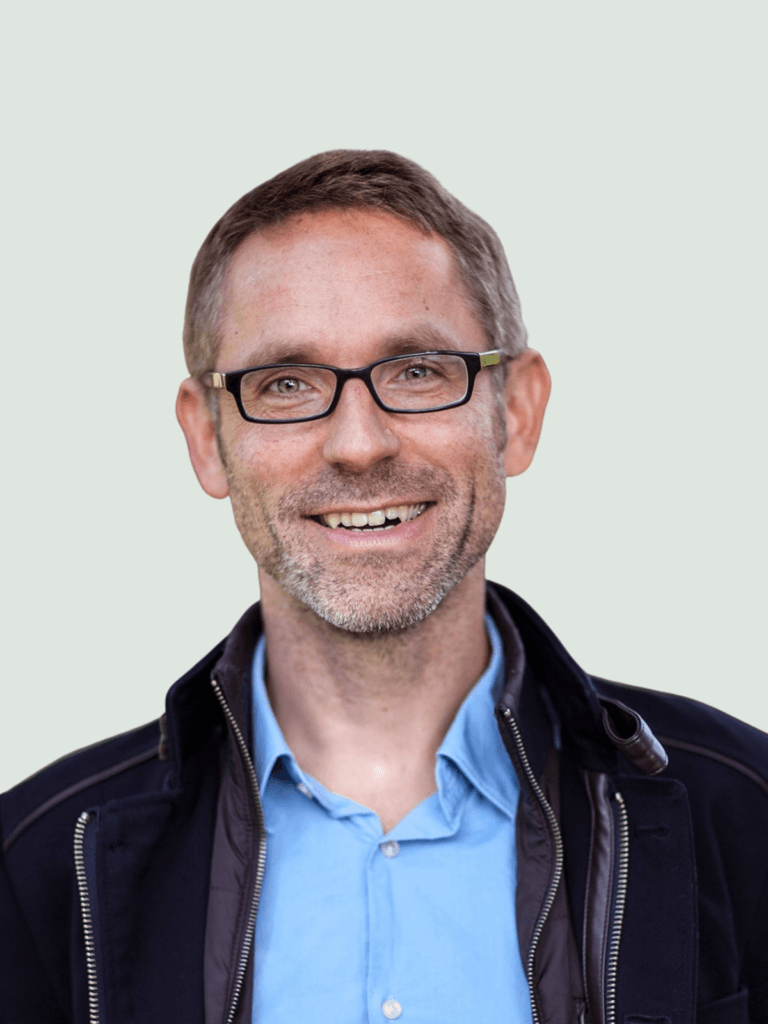
PACT: Personalizing Acne Treatment Using Skin Microbiota Transplantation
This project aims to investigate the potential of using bacteria exchange or “microbiome transplant” as a viable treatment option for acne vulgaris.
Acne vulgaris remains one of the most prevalent skin conditions worldwide affecting close to 10% of the population and impacting the quality of life of millions of people. Multiple factors contribute to acne, including genetics, excess sebum production, colonization of the skin by Cutibacterium acnes and an inflammatory cascade. Current treatments for acne such as retinoids and antibiotics have varied outcomes and side effects. As antibiotic resistance becomes an increasing concern in clinical practice, there is an unmet need for alternative treatment approaches.
The team have previously identified a range of bacterial strains, isolated from healthy skin, that can selectively inhibit acne-associated Cutibacterium acnes strains. The current project takes a microbiome transplantation approach to acne treatment, utilizing a pre-existing in-house library of more than 1000 bacterial strains and testing their ability to modulate the skin microbiome and reduce acne symptoms in patients with mild-to-moderate acne.
This project may pave the way for developing a personalized treatment to a very common skin disease while avoiding the issue of antibiotic resistance.
Peter Reddien
Professor, Whitehead Institute, Cambridge, USA, DKK 2,5m
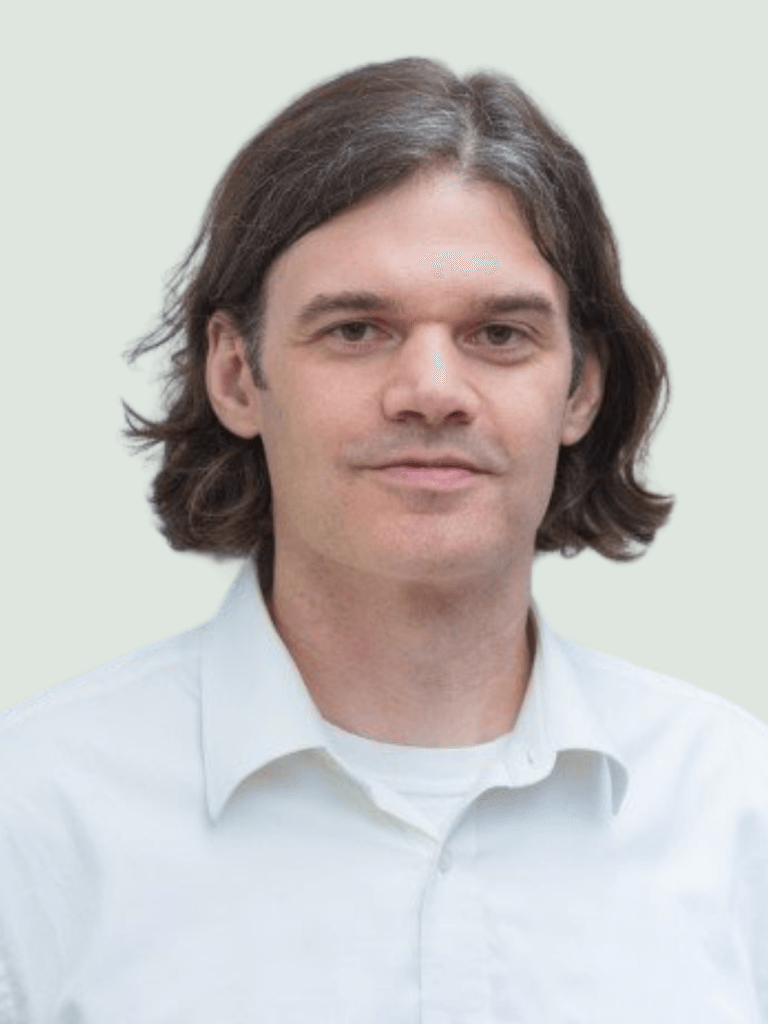
Positional Information and Repair of Skin Injury
The project aims to investigate if an untapped potential for true skin regeneration exists in vertebrates not known to have the capacity to regrow skin tissue. If indeed such capacity exists and if it can be reactivated it may be possible to regenerate fully functional skin without any scarring.
Peter Reddien and his team at Whitehead Institute will look at the so-called “regional identity” of new cells which is central to regeneration in many animals capable of regeneration. They will use sophisticated techniques like single-cell RNA sequencing and spatial transcriptomics to compare factors and signaling pathways central to development in skin. Mouse skin – a vertebrate not known to be able to regenerate – and skin from a special regenerative salamander (axolotl) are used as models.
Peter Reddien’s research project is a basic skin science project with a novel approach to understanding the skin’s potential for regeneration.
Simon Francis Thomsen
Professor, Head of Department, Department of Dermatology, Bispebjerg Hospital, Denmark, DKK 2,6m
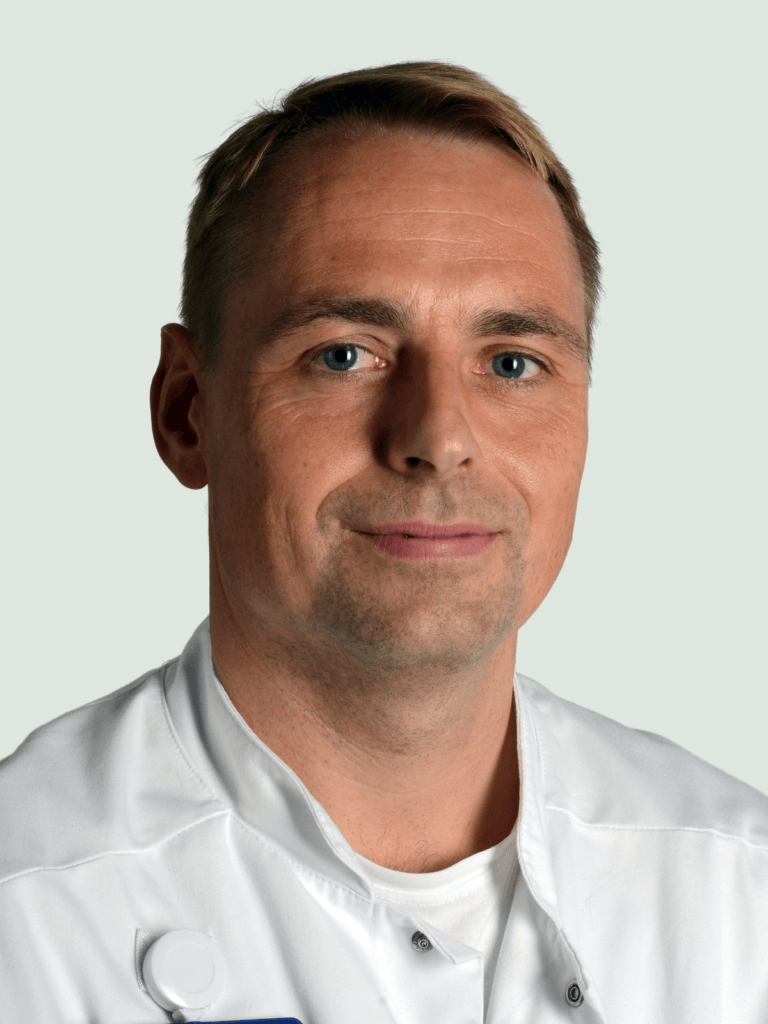
Global serum proteome profiling of hidradenitis suppurativa patients
The project aims to better understand the molecular basis of Hidradenitis Suppurativa (HS). HS is a debilitating chronic skin disease characterized by the formation of painful nodules and abscesses predominantly in the armpits, groins, and buttocks. With time, the disease may progress resulting in persisting tunnels in the skin and pronounced scarring. While there are many treatment options for HS, successful management often remains difficult and sometimes elusive – which likely reflects the still incompletely understood pathogenesis.
Simon Francis Thomsen and his team will approach this by doing a large-scale, prospective study where they determine the protein composition of blood from more than 500 HS patients. They will follow the changes during disease progression (identified as Hurley stage I to III) to identify key biomarkers and signaling pathways specific for the disease.
The study is a unique translational endeavor which brings together clinical dermatologists with basic scientists to explore and characterize the serum proteome of patients with HS through analysis of blood serum samples obtained at the Department of Dermatology, Bispebjerg Hospital.
Yuval Rinkevich
Principal Investigator, Helmholtz Zentrum München, Germany, DKK 3.7m
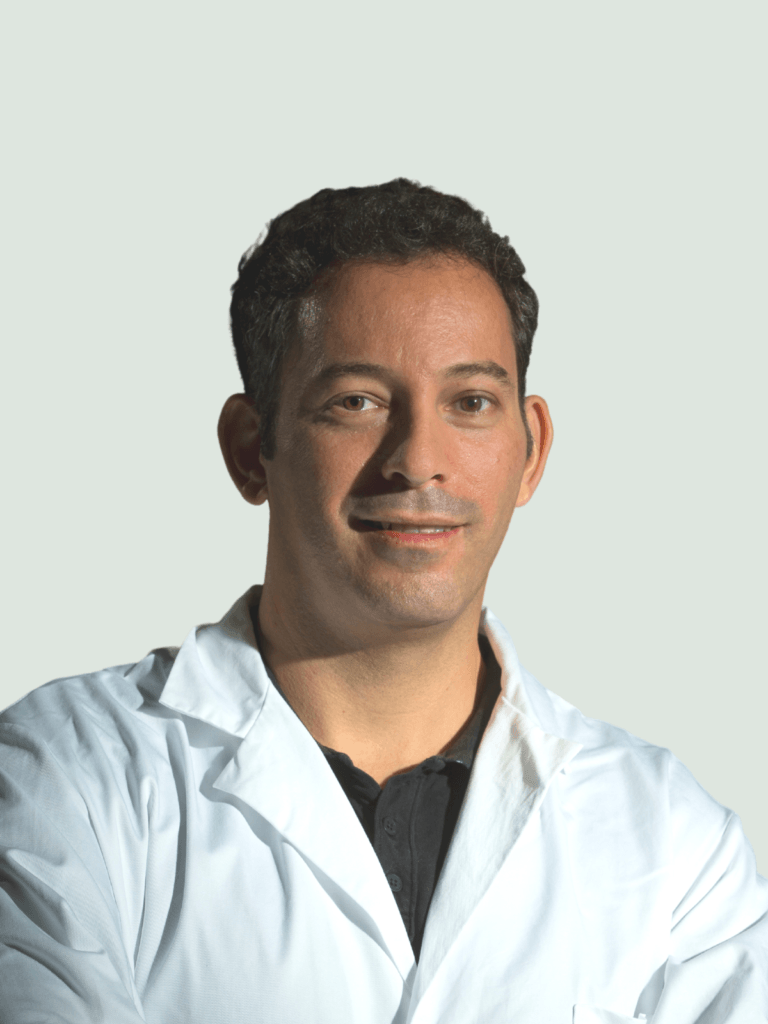
Finding a silver bullet to reduce scarring
The project aims to investigate the role of the skin fascia (a membrane structure in the skin) and its interplay with a specific type of “scar-inducing” cells to better understand – and subsequently prevent – formation of scars. These scar-inducing cells express a unique gene marker, but the cell biology and biochemistry driving the scar process are still unknown despite wounds being an extensively studied clinical challenge.
Yuval Rinkevich and his team will use novel whole skin-fascia explants (scar-in-a-dish) along with fluorescent “scar-forming” cells that can be tracked during contracture scar formation using live imaging to understand the dynamics of the scar process. Along with single-cell RNA sequencing this will help reveal the cellular and molecular basis of the process and make way for a knowledge basis for its improvement in human skin.
In addition, the project will investigate the potential of several FDA approved small molecules for treatment of contracture scars.
The research has the potential to change our scientific and medical views of wound repair and open new therapeutic avenues to treat a variety of fibrotic skin conditions.
Application and evaluation process
The LEO Foundation received a total of 28 applications from 14 different countries for this round. All applications were evaluated by the LEO Foundation’s independent Scientific Evaluation Committee and the five projects described above were approved for funding by the LEO Foundation’s Board of Trustees.
Next application round in 2022
The LEO Foundation calls for applications for research projects focusing on the skin and its diseases on an ongoing basis. The next application round opens in February 2022.
The competition is open to talented skin researchers at PhD level or above from any country. The typical grant amount applied for is DKK 2-4 million for a period of 1-3 years. Researchers who would like to apply for a LEO Foundation research grant can apply here.
